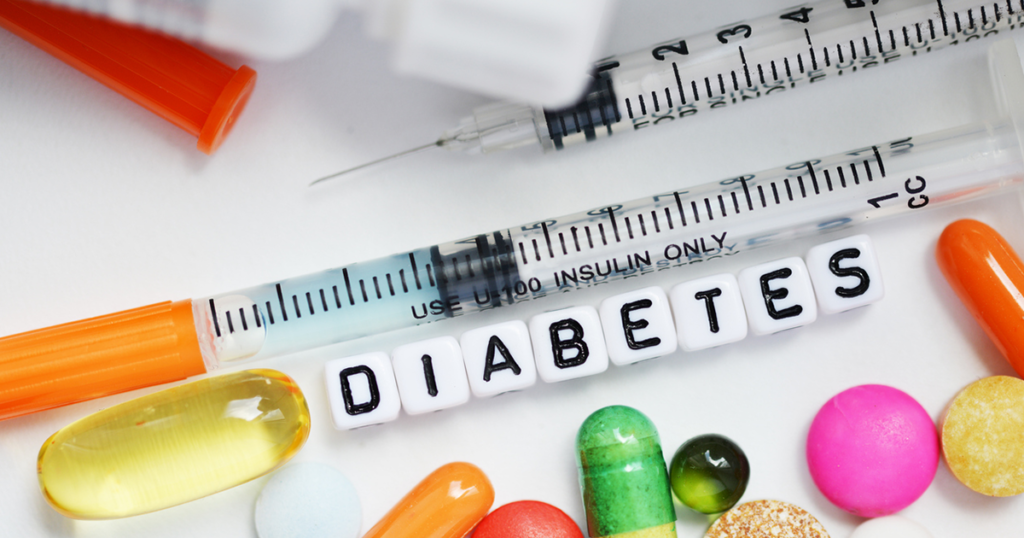For a long time, it was believed that for the treatment of diabetes mellitus type 2 it is enough just to observe a certain diet and increase physical activity.
However, a British diabetes study showed that even adherence to dietary recommendations does not allow maintaining normal or close to that level of blood glucose, which means that diabetes complications develop and progress.
Therefore, at present, sugar-reducing drugs are used to treat type 2 diabetes in combination with a selected diet and physical activity immediately after diagnosis. Only this way it is possible to achieve normal or close to that level of blood glucose. You can find these drugs at https://farma-shop.best/diabetes-medication/.
Over time, the effectiveness of sugar reducing drugs may decrease, and you may need a combination of drugs or insulin to maintain normal blood glucose levels. In cases where the detection of diabetes is very high blood glucose levels, the prescription of a combination of drugs or even insulin may be necessary immediately after the diagnosis. Remember that successful treatment of diabetes is impossible without following the recommendations on nutrition and physical activity: weight loss achieved with their help allows to manage diabetes more effectively and avoid complications.

Sugar-reducing drugs
At present, the choice of sugar reducing agents has expanded significantly. Each group of drugs has its advantages and disadvantages, contraindications and side effects, so only a doctor, taking into account the analysis of all the pros and cons, can choose a drug or a combination of them. And self-control of blood glucose will demonstrate how effective your treatment scheme is.
Drugs that improve sensitivity to insulin (insulin action at the cellular level)
This group includes 2 classes: biguanides and glitazones. Medicines of these classes increase the sensitivity of cells to insulin without increasing insulin secretion. There is practically no hypoglycemia when taking them.
Biguanides are extremely effective in patients with type 2 diabetes mellitus and overweight, but sometimes against the background of the administration may develop adverse reactions in the form of flatulence and stool disorders. When taking glitazones, fluid retention (swelling) and some other side effects may occur.
Drugs that increase the secretion of the pancreas’ own insulin

Several classes belong to this group at once:
- sulfonylurea derivatives;
- clays;
- DFS-4 inhibitors or otherwise, gliptins.
Derivatives of sulfonylurea and alumina stimulate the own insulin secretion of the pancreas, which leads to a decrease in blood glucose levels. Each of the drugs of these classes has its own characteristics, so the choice of the drug is made by a doctor.
DPP-4 inhibitors (gliptins) – drugs that restore the physiological secretion of insulin. All drugs of this group – and derivatives of sulfonyl-urea, and clay, and DFS-4 inhibitors – can be combined with drugs that improve sensitivity to insulin, as well as with insulin. Therefore, these drugs are often produced in the form of combined tablets containing two medicinal substances at once. You can buy many quality medicines at farma-shop.best.
Preparations that slow down the absorption of carbohydrates in the intestine
The only representative is alpha-glucosidase inhibitors. Drugs of this class block the splitting of polysaccharides and disaccharides in the intestines, so carbohydrates are not absorbed. The main side effects are pronounced flatulence (bloating of the abdomen due to increased gas formation in the intestine) and stool disorders.





